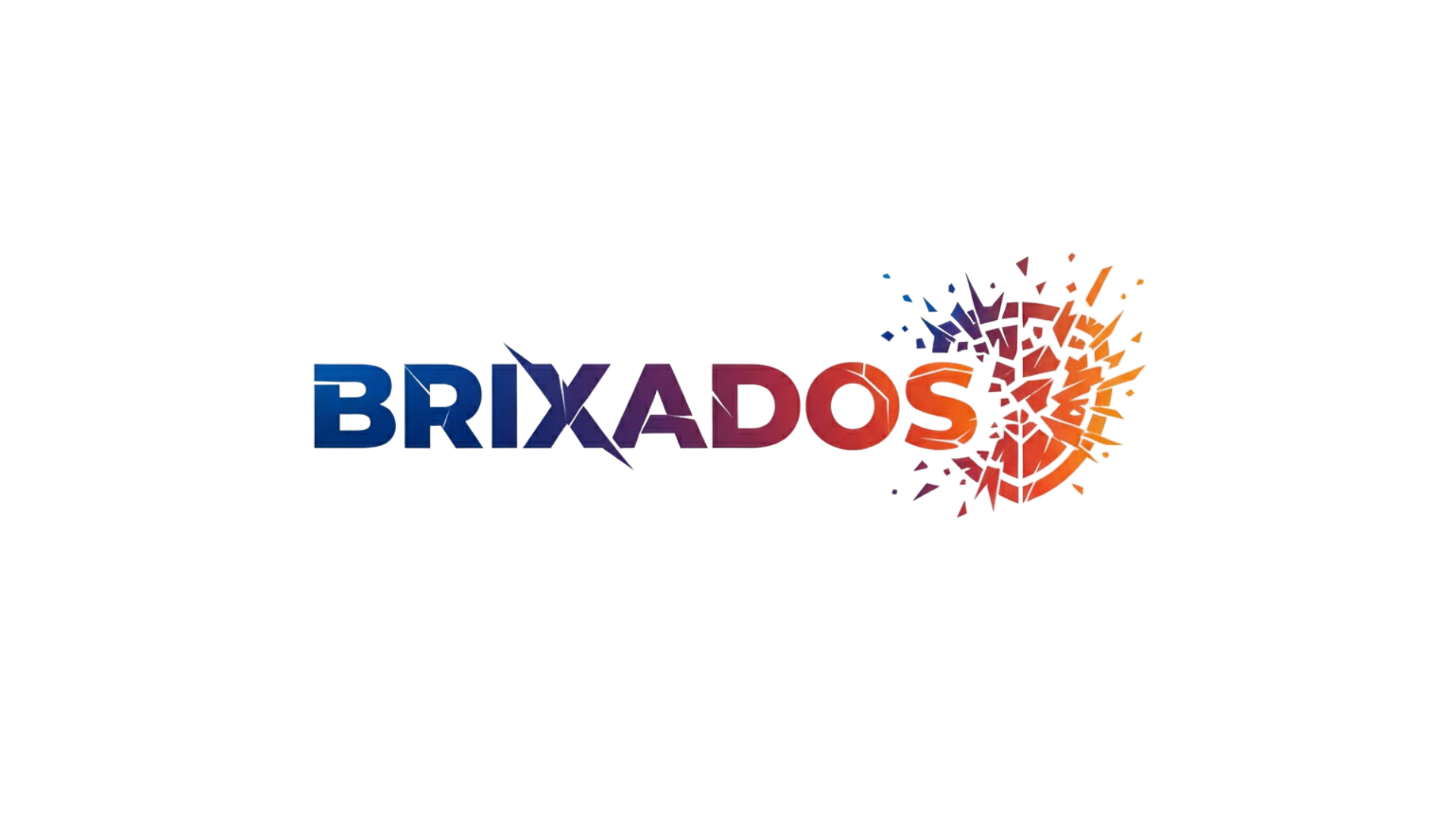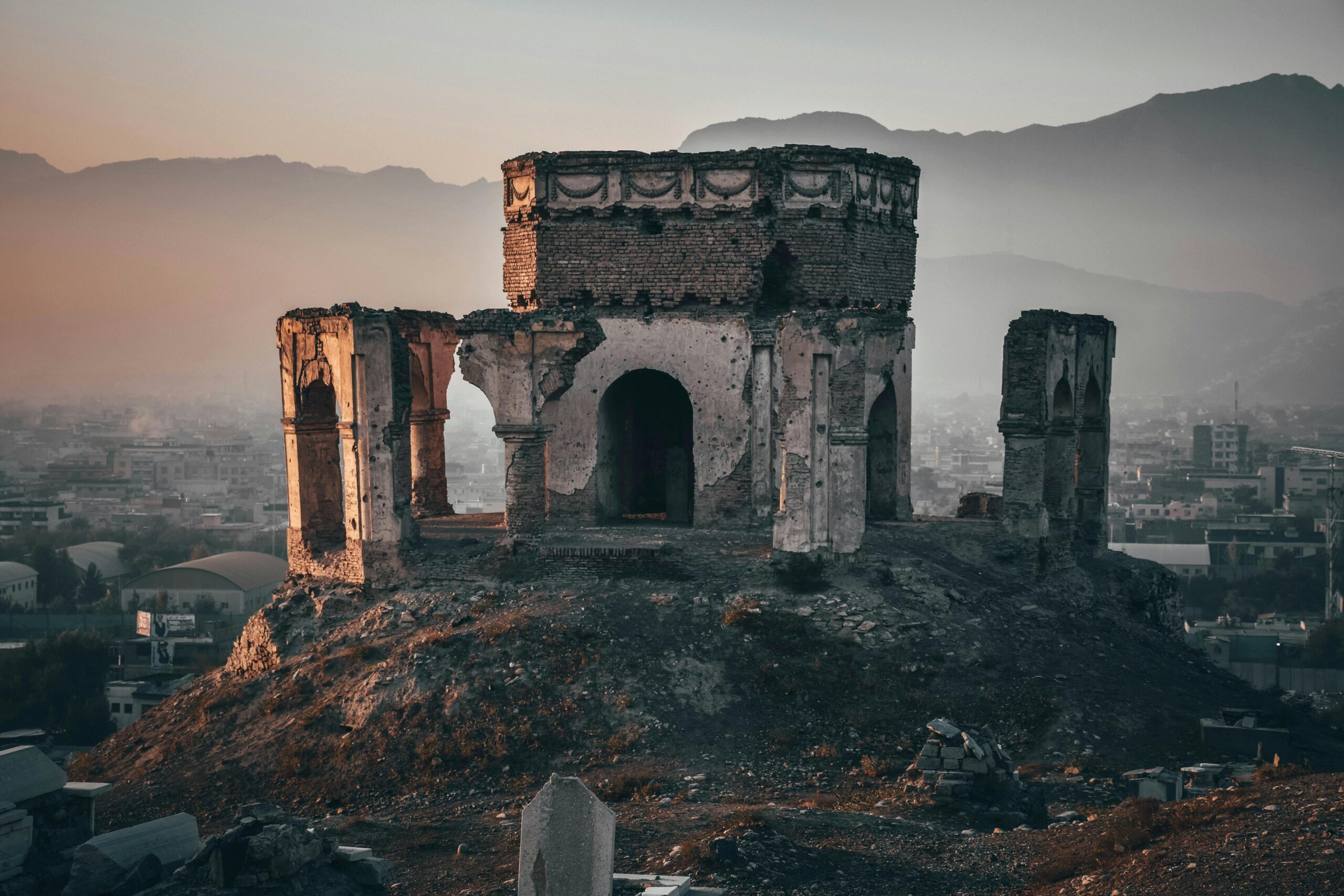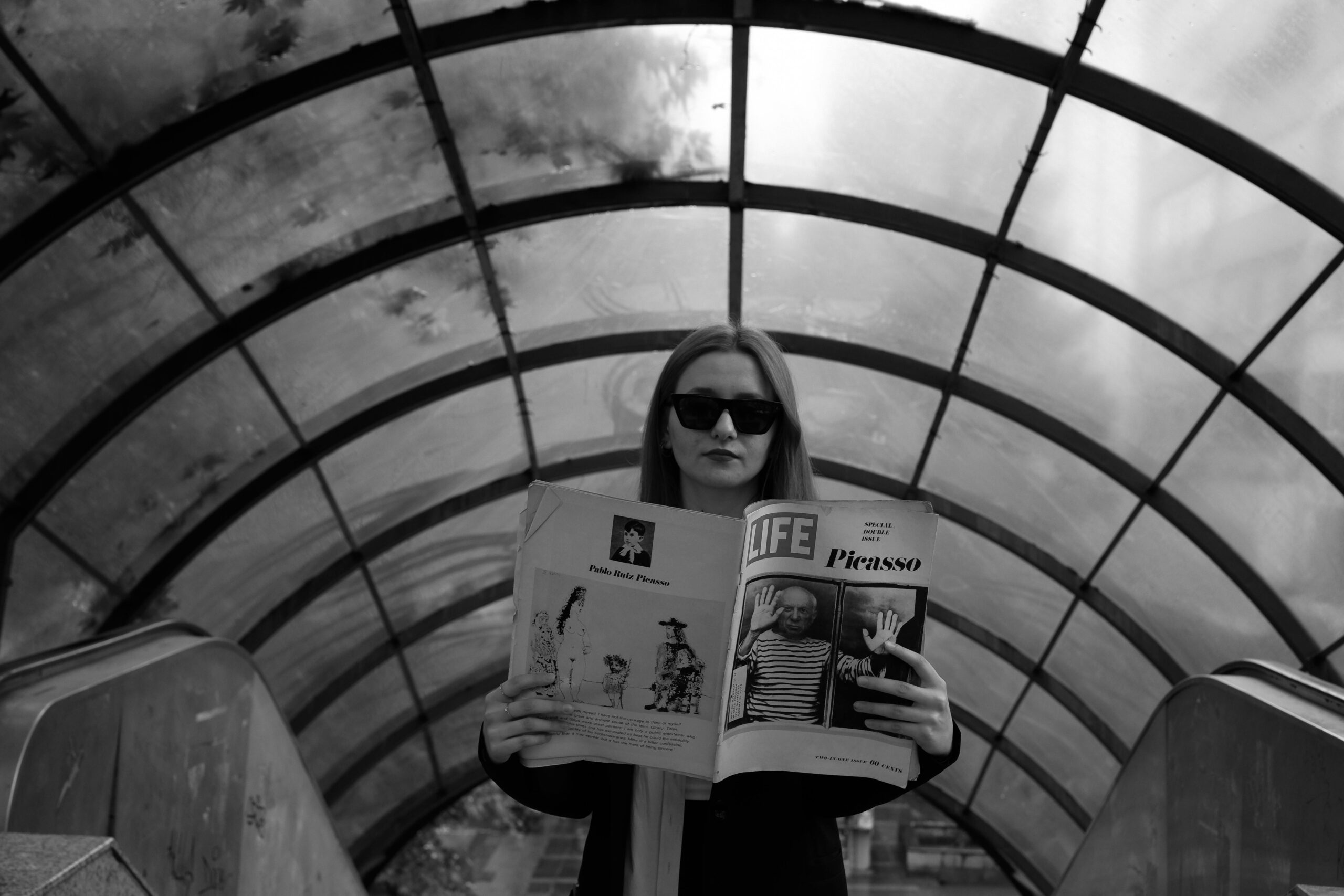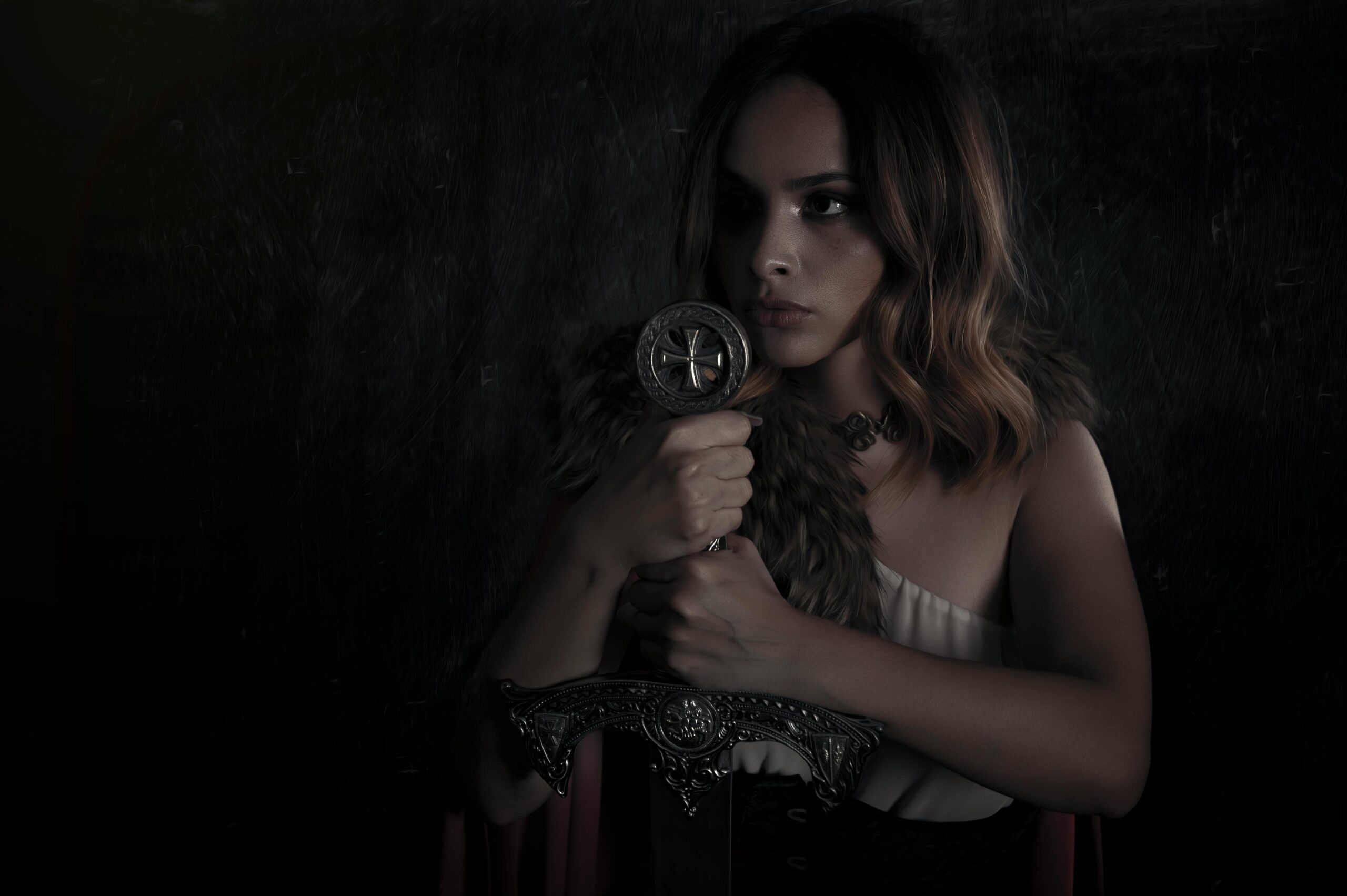Modern cinema continues to mesmerize global audiences by weaving ancient mythological patterns into contemporary narratives, creating stories that resonate across cultures and generations.
🎬 The Eternal Echo: Why Myths Never Die
From the earliest cave paintings to streaming platforms, humanity has always been drawn to stories that speak to something deeper than surface entertainment. Mythological storytelling isn’t simply about gods and monsters—it’s about the universal human experience. Modern filmmakers have discovered that these timeless patterns, first identified by scholars like Joseph Campbell and Carl Jung, provide a blueprint for creating narratives that connect with audiences on a profound psychological level.
The reason these ancient structures work so effectively in contemporary cinema lies in their psychological authenticity. Myths encode fundamental truths about human nature, transformation, sacrifice, and triumph. When directors like Christopher Nolan, Guillermo del Toro, or the Russo Brothers incorporate these elements, they’re not simply copying old formulas—they’re tapping into archetypal patterns embedded in our collective consciousness.
Box office numbers consistently demonstrate this phenomenon. Films that successfully integrate mythological frameworks often achieve both critical acclaim and commercial success. The Marvel Cinematic Universe, The Lord of the Rings trilogy, Star Wars saga, and countless others have generated billions precisely because they speak to something timeless within the human spirit.
The Hero’s Journey: Cinema’s Most Powerful Template
Joseph Campbell’s monomyth, commonly known as the Hero’s Journey, has become the most influential storytelling framework in modern filmmaking. This pattern describes a protagonist who leaves the ordinary world, faces trials in an unfamiliar realm, achieves transformation, and returns home forever changed. This structure appears repeatedly across cultures because it mirrors the psychological journey every person undertakes during significant life transitions.
Consider Luke Skywalker’s transformation from farm boy to Jedi Knight, or Simba’s journey from exiled prince to rightful king. These narratives follow the Hero’s Journey so precisely that film students can identify each stage: the call to adventure, refusal of the call, meeting the mentor, crossing the threshold, tests and allies, the ordeal, the reward, the road back, resurrection, and return with the elixir.
What makes this framework so powerful isn’t its predictability but its flexibility. Directors can emphasize different stages, subvert expectations, or combine multiple journeys. The Pixar film “Inside Out” brilliantly applies the Hero’s Journey to emotional development itself, while “The Matrix” uses it to explore questions of reality and consciousness. Each application feels fresh because the underlying truth remains constant—growth requires challenge, transformation demands sacrifice.
Beyond the Classic Hero: Modern Variations
Contemporary cinema has expanded the Hero’s Journey to include diverse perspectives. Female-led narratives like “Wonder Woman,” “Mad Max: Fury Road,” and “Moana” demonstrate that the archetypal journey transcends gender. These films succeed not by simply replacing male protagonists with female ones, but by exploring how the journey manifests differently based on specific cultural and personal contexts.
Anti-heroes and complex protagonists have also emerged as powerful variations. Films like “Joker,” “Breaking Bad” (though technically television), and “Parasite” follow characters whose journeys lead toward darkness rather than enlightenment, yet still captivate audiences because they illuminate uncomfortable truths about human nature and society.
Archetypal Characters: The Faces We Recognize
Mythological storytelling relies heavily on archetypal characters—recurring personality patterns that represent different aspects of the human psyche. These archetypes appear across cultures with remarkable consistency, suggesting they reflect something fundamental about how humans understand themselves and others.
The Mentor archetype appears in countless films: Gandalf, Obi-Wan Kenobi, Morpheus, Mr. Miyagi. These wise guides provide knowledge and supernatural aid, helping the hero unlock their potential. The Shadow represents the protagonist’s dark mirror, embodying suppressed aspects of their personality—think Darth Vader, Killmonger, or the Joker to Batman.
Other recurring archetypes include:
- The Herald: Characters who deliver the call to adventure and disrupt the status quo
- The Threshold Guardian: Obstacles that test the hero’s commitment before they fully embark
- The Shapeshifter: Allies whose loyalties remain uncertain, creating dramatic tension
- The Trickster: Comic relief characters who also facilitate change and question authority
- The Ally: Faithful companions who support the hero through their darkest moments
Modern screenwriters often combine multiple archetypes within single characters, creating psychological complexity while maintaining mythological resonance. Han Solo functions as both ally and trickster. Severus Snape embodies shadow, mentor, and shapeshifter simultaneously. This layering creates characters who feel both archetypal and authentically human.
⚡ Cosmic Battles and Moral Frameworks
Mythology traditionally explored fundamental moral questions through cosmic conflicts between gods, heroes, and monsters. Modern cinema translates these battles into contexts audiences recognize—superheroes versus supervillains, rebels versus empires, humans versus artificial intelligence.
These conflicts work because they externalize internal struggles. When Captain America battles Iron Man in “Civil War,” their physical confrontation represents deeper questions about security versus freedom, idealism versus pragmatism. When characters face seemingly omnipotent antagonists like Thanos or Sauron, they’re confronting humanity’s ancient fear of entropy, death, and meaninglessness.
The most compelling modern myths don’t present simple good-versus-evil dichotomies. Films like “Black Panther” explore colonialism’s legacy, resource distribution, and isolationism versus intervention. “Blade Runner 2049” questions what constitutes authentic humanity and whether artificial beings deserve the same moral consideration as biological ones. These narratives use mythological frameworks to examine contemporary ethical dilemmas.
Visual Mythology: Symbolism in Cinematic Language
Directors employ visual symbolism to reinforce mythological themes without explicit dialogue. Water symbolizes transformation and rebirth across countless films. Characters frequently experience pivotal moments during rain, near oceans, or emerging from water—representing psychological cleansing or renewal.
Light and darkness serve as universal symbols for knowledge versus ignorance, hope versus despair. Fire represents both destruction and purification. Filmmakers consciously deploy these symbols because audiences instinctively understand their meaning through millennia of cultural conditioning.
Death and Rebirth: Transformation Through Sacrifice
Nearly every significant myth involves death and resurrection—literal or symbolic. This pattern speaks to humanity’s deepest anxieties and hopes regarding mortality and transformation. Modern cinema obsessively returns to this theme because it remains psychologically essential.
Superhero films regularly feature heroes who sacrifice themselves for the greater good, often returning transformed. Tony Stark’s arc across the MCU culminates in self-sacrifice that redeems his earlier selfishness. Superman’s death and return in “Batman v Superman” directly parallels Christ mythology, whether audiences consciously recognize it or not.
This death-rebirth cycle doesn’t always involve literal mortality. Characters experience ego death, the destruction of their previous identity and worldview. Andy Dufresne crawls through filth to emerge reborn in “The Shawshank Redemption.” Neo dies and resurrects as The One in “The Matrix.” These transformations satisfy our deep need to believe that suffering serves purpose, that endings enable new beginnings.
🌟 Cultural Specificity Within Universal Patterns
While mythological structures prove universal, their most powerful applications remain culturally specific. Films like “Coco,” “Moana,” “Black Panther,” and “Shang-Chi” succeed by grounding universal patterns in particular cultural contexts. They demonstrate that specificity doesn’t limit appeal—it enhances it by offering audiences genuine cultural insight while maintaining archetypal resonance.
“Coco” explores Mexican traditions surrounding death and remembrance through the Hero’s Journey framework. Miguel’s journey to the Land of the Dead becomes both a personal coming-of-age story and an exploration of how communities maintain continuity across generations. The film works internationally because family, legacy, and intergenerational conflict are universal concerns, even as their specific manifestations vary culturally.
This approach contrasts with earlier Hollywood tendencies toward cultural homogenization. Modern audiences increasingly demand authenticity alongside universality. They want stories that reflect diverse experiences while addressing shared human concerns—precisely what mythology at its best has always accomplished.
The Digital Age: Evolving Myths for New Contexts
Contemporary filmmakers adapt mythological patterns to address distinctly modern anxieties. Artificial intelligence, surveillance capitalism, climate catastrophe, and digital identity present challenges our ancestors never faced, yet filmmakers successfully incorporate them into mythological frameworks.
“Ex Machina” reframes the Pygmalion myth for the AI age, exploring creation, consciousness, and manipulation. “Her” examines intimacy and identity when relationships transcend physical embodiment. “Ready Player One,” despite its flaws, grapples with virtual versus physical reality using the quest narrative structure.
These films succeed because they recognize that while technological contexts change, fundamental human concerns remain constant. We still fear what we create might destroy us. We still question what makes us human. We still seek meaning, connection, and transcendence. Mythology provides flexible frameworks for exploring these eternal questions in contemporary dress.
🎭 Collective Experience: Myths and Modern Rituals
Cinema attendance itself functions as modern ritual—communities gathering in darkened spaces to experience shared narratives. Opening weekends for major films recreate the communal storytelling experiences that characterized myth-sharing in ancient societies. Audiences don’t simply watch these films; they participate in cultural events that define generational identity.
The phenomenon surrounding “Avengers: Endgame” exemplified this dynamic. Millions worldwide simultaneously experienced the culmination of an eleven-year narrative arc. Theaters erupted with collective emotion during key moments. Audiences cheered, wept, and gasped together—a communal catharsis that ancient Greek audiences at tragic performances would recognize.
Social media amplifies this collective dimension, enabling global conversations around mythological narratives. Theories, fan art, and interpretations spread virally, creating participatory mythology where audiences don’t passively receive stories but actively construct meaning. This represents both a return to oral tradition’s collaborative nature and something entirely new enabled by digital connectivity.
The Shadow Side: When Mythology Becomes Manipulation
Not all applications of mythological storytelling in cinema deserve celebration. Studios sometimes exploit these patterns cynically, using archetypal frameworks as formulas to guarantee commercial success without substantive content. The result feels hollow—technically proficient but spiritually empty.
When films prioritize franchise-building over narrative integrity, mythology becomes mere marketing. Characters become intellectual property rather than meaningful representations of human experience. Sequels, prequels, and spin-offs multiply not because stories demand continuation but because corporate structures require perpetual growth.
Additionally, mythological narratives can reinforce problematic ideologies when applied uncritically. Traditional myths often encode patriarchal values, ethnic chauvinism, and authoritarian politics. Filmmakers must consciously examine which aspects of mythological tradition to preserve and which to critique or subvert. The best modern myths honor archetypal truth while questioning inherited assumptions.
✨ Creating Tomorrow’s Myths Today
As cinema evolves technologically and culturally, mythological storytelling adapts without losing its essential character. Virtual reality, interactive narratives, and AI-assisted creation present new possibilities for mythmaking. Yet the fundamental patterns likely remain constant because they reflect psychological rather than technological realities.
Future filmmakers will continue discovering that audiences crave stories addressing timeless concerns—identity, belonging, purpose, mortality, love, sacrifice, and transcendence. The most successful creators will understand that mythology’s power lies not in rigid adherence to formulas but in flexible application of patterns that illuminate truth.
The ongoing dialogue between ancient wisdom and contemporary context ensures mythology remains vital. Each generation reinterprets archetypal patterns through its unique cultural lens, discovering fresh relevance in timeless structures. This process doesn’t represent mere repetition but creative evolution—honoring tradition while courageously addressing present realities.

The Enduring Magic of Mythological Cinema
Modern cinema’s relationship with mythology demonstrates that certain aspects of human experience transcend historical change. While our technologies, politics, and social structures transform rapidly, our fundamental psychological needs remain remarkably consistent. We still need stories that help us make sense of suffering, celebrate heroism, explore moral complexity, and imagine transformation.
The films that endure—that become themselves part of our cultural mythology—are those that successfully balance universal patterns with specific vision. They honor archetypal truth while offering fresh perspectives. They provide both comfort of recognition and excitement of discovery.
For audiences, understanding mythology’s role in cinema enhances appreciation without diminishing enjoyment. Recognizing the Hero’s Journey doesn’t spoil the experience of watching it unfold—it deepens engagement by connecting individual narratives to humanity’s larger story. We see ourselves in these myths because these myths emerged from countless generations seeing themselves.
As long as humans tell stories, mythological patterns will persist because they encode essential truths about our nature. Modern cinema represents the current chapter in humanity’s ongoing mythmaking process—a chapter characterized by unprecedented technical sophistication, global reach, and cultural diversity. Yet beneath the digital effects and multicultural casting, the same ancient patterns pulse with life, reminding us that we remain fundamentally connected to our ancestors and each other through shared stories that illuminate our common humanity. 🎬
Toni Santos is a myth-psychology researcher and narrative writer exploring how archetypes, symbols and human story converge to shape mind, culture and meaning. Through his studies on the collective unconscious, comparative mythology and symbolic dream interpretation, Toni examines how the myths we tell reflect the patterns we live — and how awareness of these patterns can spark transformation. Passionate about hero’s journeys, mythic motifs and dream-language, Toni focuses on how story acts as both mirror and map for inner depth and growth. His work highlights the bridges between myth, psyche and culture — guiding readers toward a deeper encounter with themselves and the stories they carry. Blending psychology, mythology and narrative theory, Toni writes about the hidden architecture of meaning — helping readers understand how symbols, stories and dreams shape experience and identity. His work is a tribute to: The power of myth to reveal the unseen structures of psyche The journey from archetype to individual lived story The art of dream-language as a path to wholeness Whether you are a storyteller, psychologist or traveller in the inner landscape, Toni Santos invites you to explore the mythic dimension of mind — one symbol, one myth, one insight at a time.




